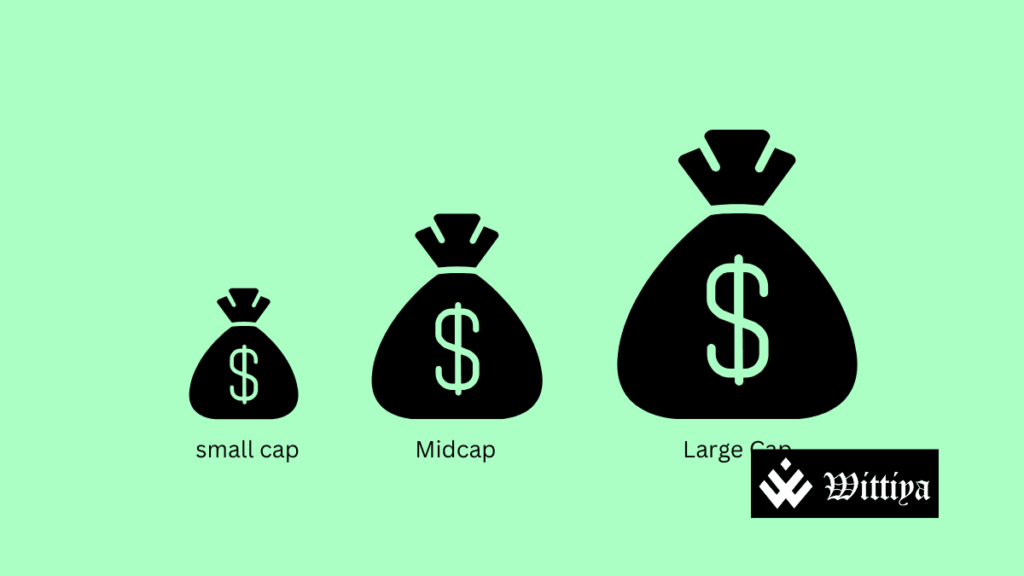The Indian stock market categorizes companies based on their market capitalization into large-cap, mid-cap, and small-cap segments, as per the Securities and Exchange Board of India (SEBI) guidelines. Investors use these categories to gauge risk and potential returns while constructing diversified portfolios.
The Securities and Exchange Board of India (SEBI), the regulatory body overseeing the country’s financial markets, classifies listed companies into three primary categories: large-cap, mid-cap, and small-cap, based on their market capitalization. This classification helps investors make informed decisions while managing risk and return expectations.
Market Capitalization and Its Significance
Market capitalization refers to the total value of a company’s outstanding shares, calculated by multiplying its share price by the total number of shares available in the market. SEBI’s framework ranks companies based on their market cap as follows:
- Large-Cap Stocks: Companies ranked 1st to 100th in market capitalization
- Mid-Cap Stocks: Companies ranked 101st to 250th in market capitalization
- Small-Cap Stocks: Companies ranked 251st and below in market capitalization
This classification provides a benchmark for investors looking to balance stability, growth potential, and risk in their portfolios.
Key Characteristics of Large, Mid, and Small-Cap Stocks
Large-Cap Stocks
Large-cap stocks represent India’s most established and financially stable companies. These businesses often have strong market presence, extensive investor confidence, and relatively lower volatility. Notable indices tracking large-cap stocks include the Nifty 50 and the S&P BSE Sensex.
- Strong brand recognition and leadership in their respective industries
- Relatively stable earnings and lower risk compared to smaller stocks
- Regular dividend payouts, making them attractive for long-term investors
Mid-Cap Stocks
Mid-cap stocks offer a balance between stability and growth potential. These companies have a proven business model and expansion potential but are more volatile than large caps. Popular indices for tracking mid-cap stocks include the Nifty Midcap 100 and S&P BSE Midcap.
- Higher growth potential than large-cap stocks
- Moderate volatility, suitable for investors with medium risk tolerance
- Can transition into large-cap companies with sustained performance
Small-Cap Stocks
Small-cap stocks include emerging businesses with high growth prospects but also come with significant volatility and risk. These stocks are tracked by indices such as the Nifty Smallcap 100 and the S&P BSE Smallcap.
- High potential for rapid growth, but also increased market risk
- Lower liquidity, leading to larger price fluctuations
- Often attract investors with a high-risk appetite and long-term horizon
Investment Strategies and Portfolio Diversification
Investors can build a well-rounded portfolio by allocating funds across these segments based on their risk appetite and financial goals:
- Conservative Investors: Prefer large-cap stocks (70-80%) for stability and dividends, with minimal exposure to small-caps.
- Moderate Investors: Maintain a balanced mix with 50-60% in large caps, 30-40% in mid-caps, and 10-20% in small caps.
- Aggressive Investors: Focus on high-growth potential with 30-40% in large caps, 40-50% in mid-caps, and 20-30% in small caps.
Conclusion
Understanding large-cap, mid-cap, and small-cap stocks is essential for navigating India’s stock market. SEBI’s classification serves as a guideline for investors to assess stability, risk, and growth potential. A well-diversified portfolio, tailored to individual risk tolerance, can help investors achieve long-term financial success in the dynamic Indian equity market.
